As flexigrant stands out as the most effective and efficient distribution management system for grant funding on the market, we understand how crucial it is to remain informed about any changes that could impact your business.

Grant Management Solution
The power to build, score, report and budget all in one true cloud-based, secure grant management platform.
An Aphinity Portfolio company, part of Aspire Software, Valsoft Corporation.

©2023 Fluent Technology Limited All Rights Reserved